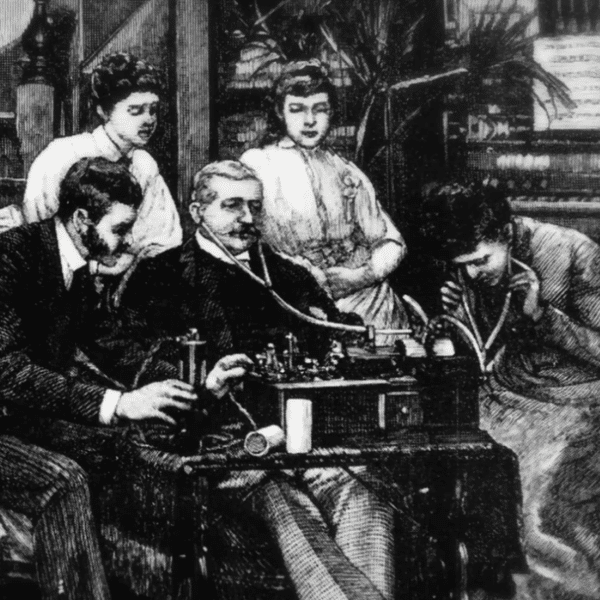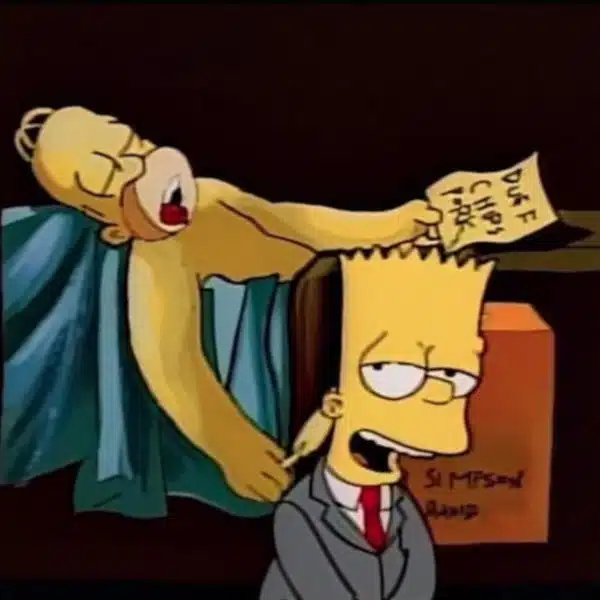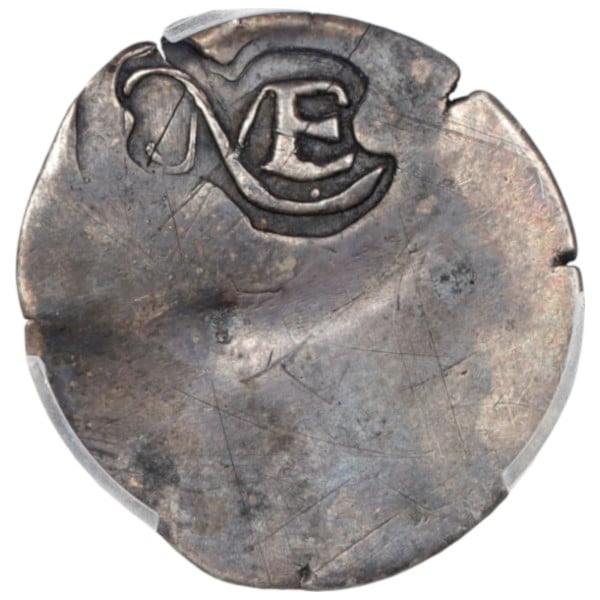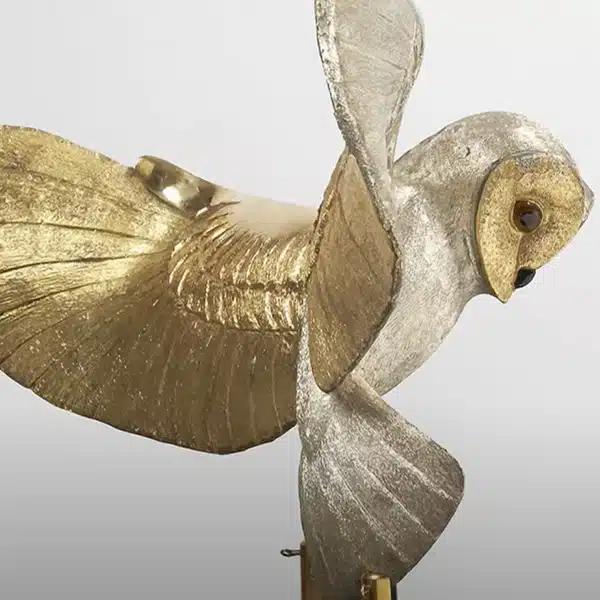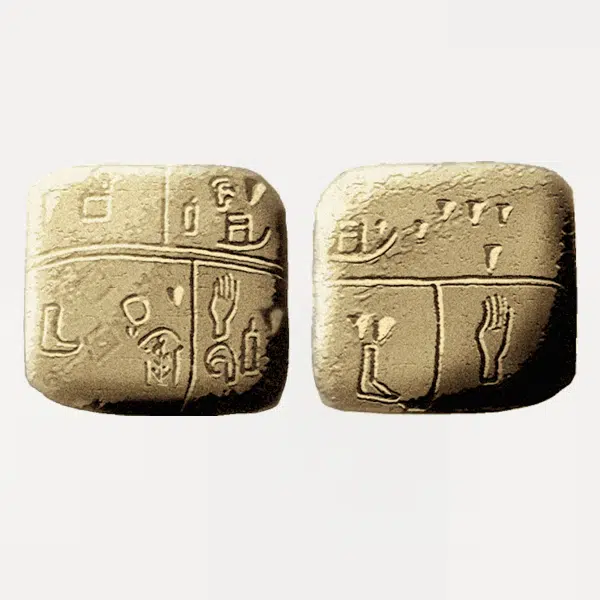View this post on Instagram
No children's program can put on a show quite like Sesame Street. For over 50 years, the beloved broadcast has taught young children that learning can be fun, culminating in an entertaining educational model that continues to capture hearts and minds alike today.
What makes Sesame Street so successful? If you've seen the long-running series, you're likely aware that it appeals to little learners with a mix of live-action situations, animated sequences, and, of course, a colorful cast of “muppets.” What you may not know, however, is what went on behind on the scenes, from its science-backed start to its beloved characters' backstories.
Want to discover more about Sesame Street‘s history? With these fun facts, learning about the show is as easy as 1-2-3.
Here are five fun facts about Sesame Street that go behind the scenes of the beloved show.
It started out as “an experimental research project.”
View this post on Instagram
In 1966, Joan Ganz Cooney laid out the building blocks for one very special passion project. A public television producer with a background in education, Cooney sought to answer a particularly pertinent question: can television teach anything?
At the time, children's television was seldom seen as an educational platform. Instead, kids' programs—targeted toward audiences as young as preschoolers—typically aimed to advertise a product or gratuitously entertain. Presented in short bursts that appealed to children's short attention spans, these shows were popular among younger viewers. With this format in mind, in 1967, Cooney and philanthropist Lloyd Morrisett—the Vice President of the Carnegie Foundation, a national fund intended to support education initiatives—began planning a new type of children's show that paired a kid-friendly look and feel with an educational element.
Over the next two years, Cooney traveled around North America to conduct interviews with experts in education, child development, and television. She compiled her extensive research into “The Potential Uses of Television in Preschool Education.” This 55-page report, in turn, presented her plans for what would later become Sesame Street.
A non-profit company is responsible for its production.
View this post on Instagram
Sesame Street made its grand debut on November 10, 1969. Written and performed with short attention spans in mind—a key finding of Cooney's preliminary research—its early episodes are typified by the “strong visual style, fast-moving action, humor, and music” that the program would eventually be known for. This formula proved so successful that, by the end of the first season, Cooney and Morrissett had developed the Children's Television Workshop (CTW), a non-profit production company that combined the knowledge of researchers and educators with the broadcast's in-house television team.
To Cooney, the Children's Television Workshop (now known as the Sesame Workshop) is hugely responsible for Sesame Street‘s success. “Without research,” she said in 2001, “there would be no Sesame Street.”
It almost had a different name.
Even with research, Sesame Street almost didn't exist—sort of. Before Cooney and her team settled on Sesame Street, they explored different titles. While they threw around names like The Video Classroom and Fun Street, they found particular potential in 1-2-3 Avenue B, a name that fit with the show's New York City-inspired set design.
With 1-2-3 Avenue B, however, production staff faced a problem: it was an actual New York City address. Fearing that such a name would only appeal to residents of the Big Apple, they scrapped it, and, desperate for a title, went with another possible name: Sesame Street.
“You know, like ‘Open Sesame,’” Kermit the frog explains in an original promo for the program. “It kind of gives the idea of a street where neat stuff happens.”
Some of its most famous Muppets have evolved over time.
View this post on Instagram
Though intended to resemble “an urban, inner city neighborhood complete with a corner store, subway station, and brownstone stoop,” Sesame Street has one very unrealistic element: its residents. The Sesame Street community comprises an imaginative mixture of people and Muppets, colorful monsters brought to life by Jim Henson.
By the 1960s, Jim Henson, an innovative puppeteer, had found commercial success with his Muppets, who appeared in advertisements and television shows. Interested in incorporating these imaginative characters into her new show, Cooney secured a collaboration with Henson in 1969. Henson agreed to work full-time on the program, providing—and even performing as—Muppets.
Today, several of Henson's Sesame Street monsters have become household names, from Kermit the Frog and Big Bird to Bert, Ernie, and Elmo. While many of these mainstays have changed little over time, some have evolved in surprising ways. Oscar the Grouch, the neighborhood's resident green garbage-dwelling grump, for example, used to be orange; Cookie Monster, first appearing in a snack commercial, once munched on cheese crackers; and Snuffleupagus, a soft-spoken wooly mammoth, was promoted from Big Bird's imaginary friend to a real-life resident.
It is broadcast in 150 countries and in 70 languages.
Since 1969, Sesame Street has been continually well-received by children, parents, educators, and critics alike. Today, it reaches children in 150 countries and is broadcast in 70 languages, making it among the most watched children's programs in the world. It has also won 189 Emmy Awards and 11 Grammy Awards—including one for its most famous number, “Rubber Duckie”—a record among children's television. And, most recently, in 2019, the show's creators received Kennedy Center Honors, an esteemed recognition for lifetime achievements in the arts.
Among its most impressive accomplishments, however, are the ways in which the show has broken ground in its fifty-one-year run. From introducing characters living with autism and dealing with parental drug addiction to launching real-life initiatives that help families in need, Sesame Street has assured children that “everything's a-okay” time and time again.
Related Articles
20 Jim Henson Puppets Make Their Big Museum Debut
Woman Transforms Her Front Porch into a Giant Cookie Monster for Halloween
Pittsburgh Resident Starts Petition to Rename Airport After Mister Rogers

















































































